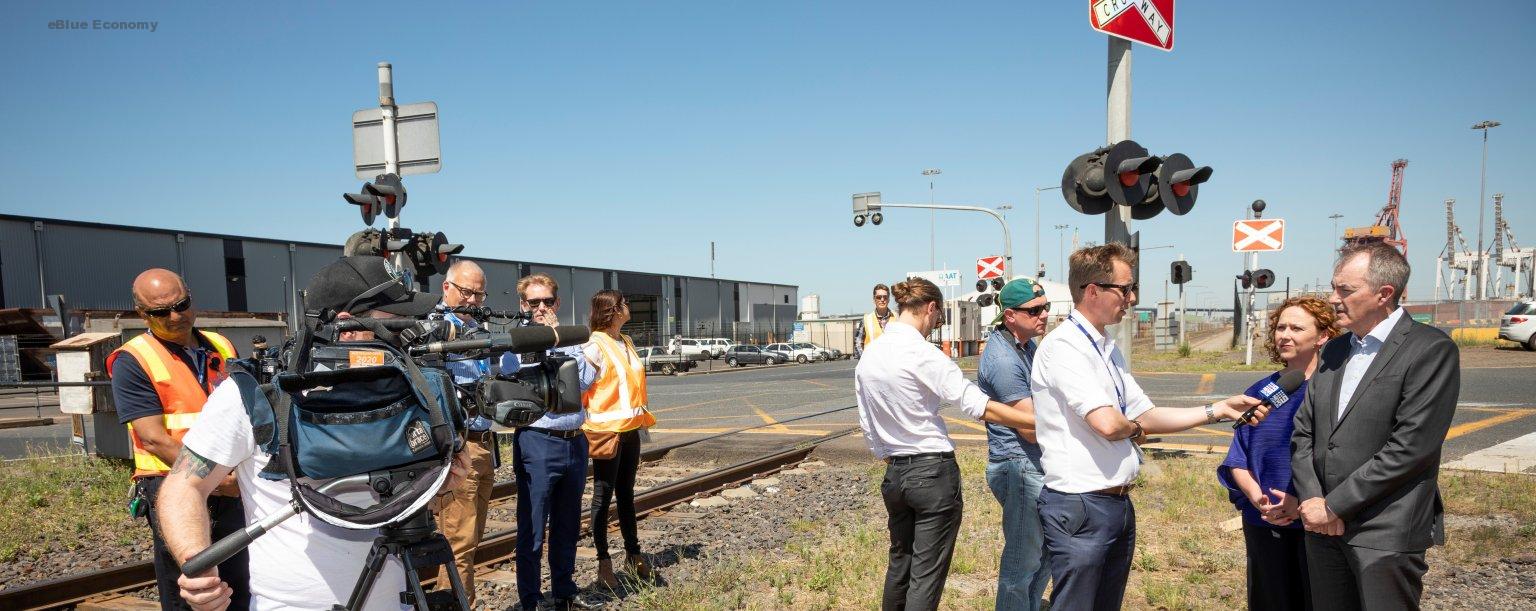Port of Melbourne is a step closer to implementing a critical rail solution to meet the needs of a growing port, has awarded the construction contract to move ahead with the Port Rail Transformation Project (PRTP), according to the company’s release.
The PRTP will enable more containers to be moved by rail more efficiently, by-passing roads in inner Melbourne. The project will increase rail terminal capacity and improve rail terminal operations.
The PRTP involves the development and construction of a new rail terminal interfacing with the Swanson Dock East International Container Terminal. The rail terminal will include two new sidings that can handle 600 linear meter long trains and will interface with the Patrick international container terminal. Common user rail infrastructure will also be upgraded.

A new road to facilitate an uninterrupted connection for movement of containers between the new rail terminal and the wider Swanson Dock precinct will also be constructed.
Michael Jovicic, Patrick Terminals CEO said “I am pleased to confirm Patrick’s continued investment in port rail capacity. Our contribution to the Port Rail Transformation Project will help drive more efficient movement of rail volumes in line with the broader policy to support the modal shift.” This project forms part of the Port of Melbourne’s 2050 Port Development Strategy, defining critical infrastructure programs needed to support the economic growth of Victoria and aiming for a completion date in mid-2023.

About: Port of Melbourne

Port of Melbourne is Australia’s largest capital city container and general cargo port, handling more than one-third of the nation’s container trade. We operate as a landlord port and are responsible for planning, operating, and maintaining portland and shipping channels. We ensure the port has the capacity and capability needed to handle cargo, and that facilities and infrastructure are developed and maintained as needed.
Located in the heart of Melbourne, among growing communities, vital industrial precincts, and transport corridors, we are the cornerstone of Victoria’s port freight transport network, operating 24 hours a day, 365 days a year. Melbourne has continued to develop and evolve closely around the port, supporting the prosperity of thousands of businesses and the daily lives of many people across south-eastern Australia.
With the necessary port facilities and transport connections to handle each of the major trades, the Port of Melbourne serves as a vital freight hub for Australia, including southern New South Wales, South Australia, and Tasmania.















